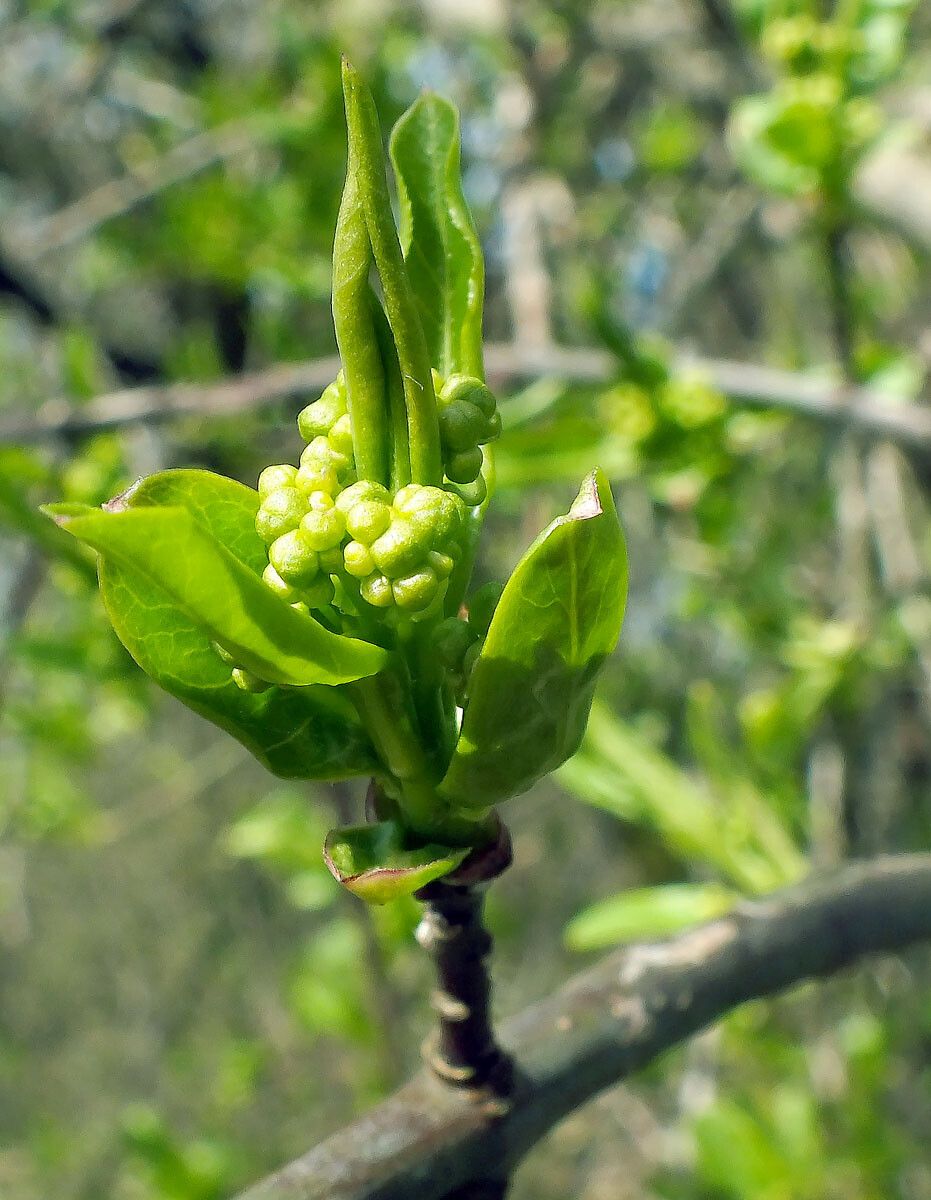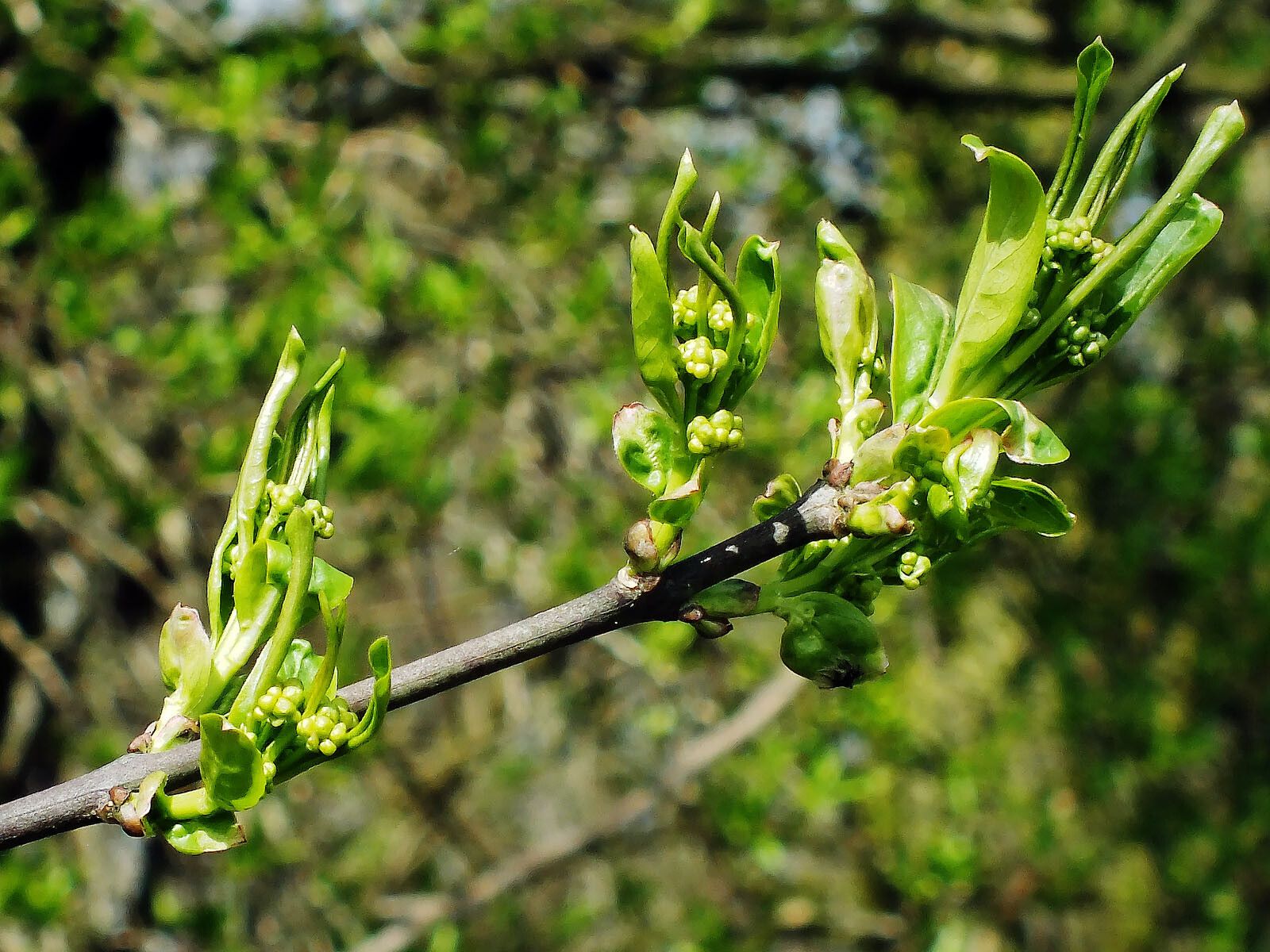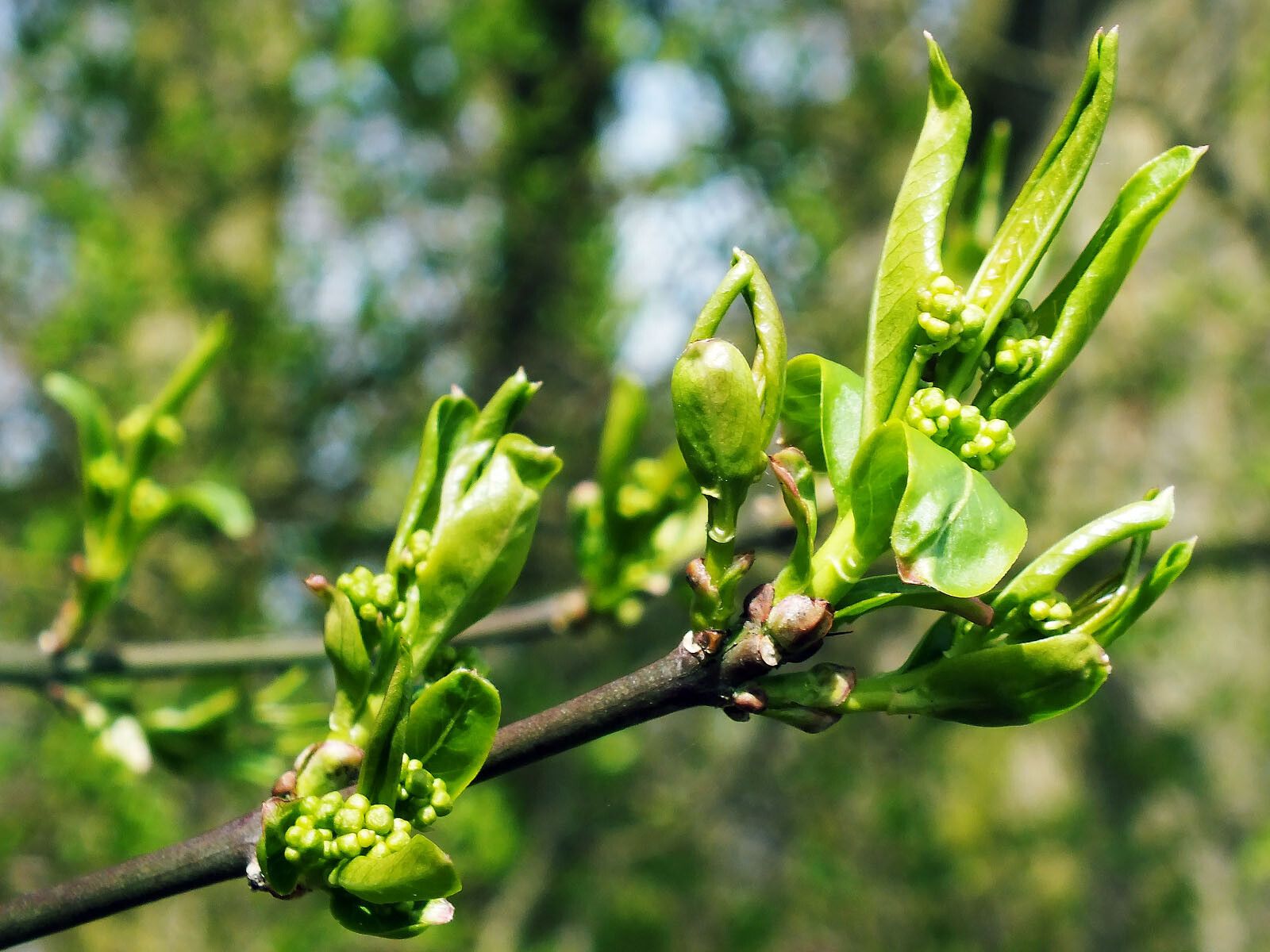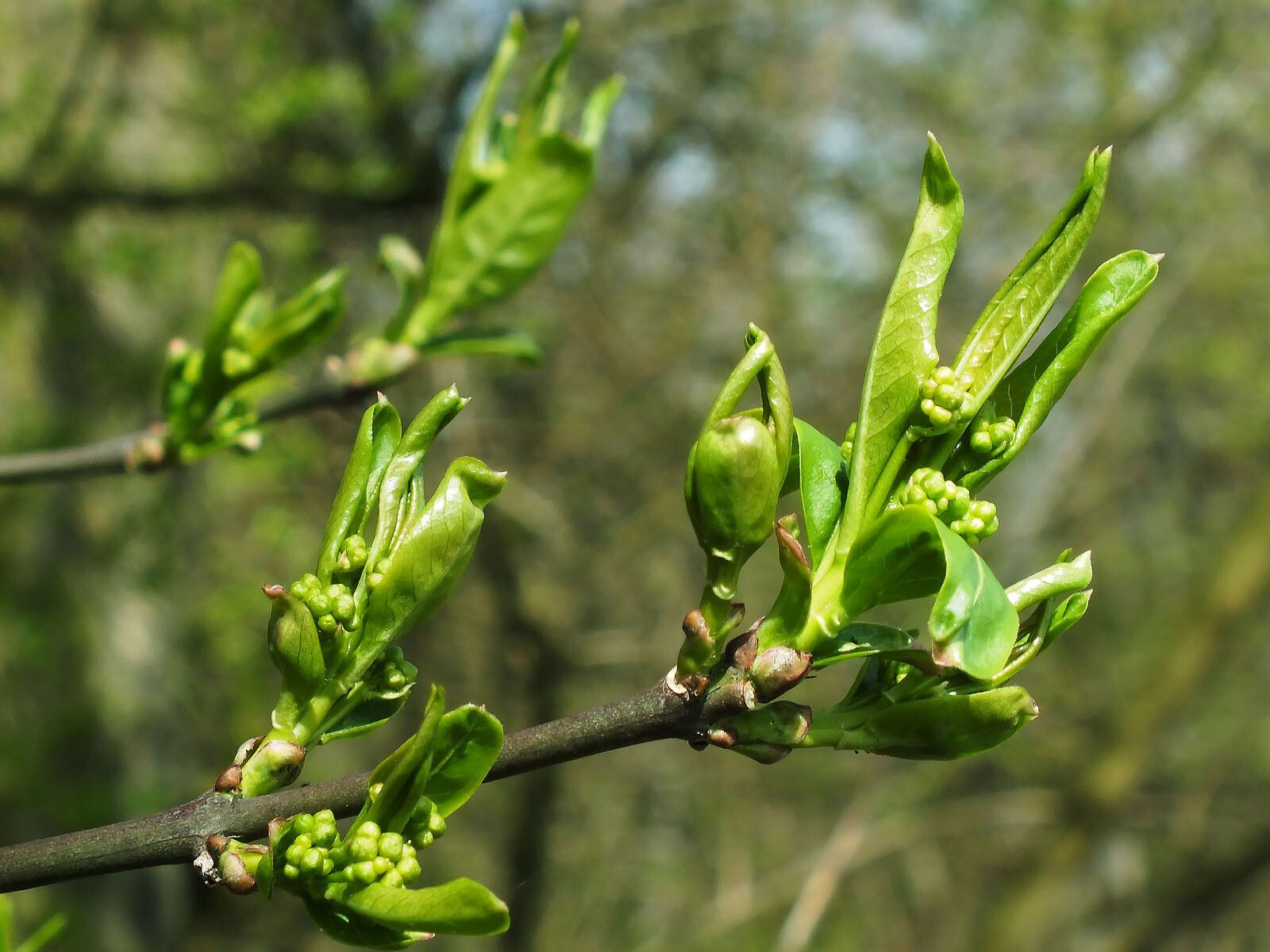Observación
Determinación
Proposed determination
Nombre probable (Nombre sometido)
100 %Confidence score
Suggest another determination
You don’t agree with the suggested species but don’t have another suggestion
Comentarios
Datos adicionales
Fecha de creación
14 de abr. de 2023
Revisado por última vez
9 de oct. de 2023
Bratoszewice, route to Kalinów
It is native to northern Europe and northern and north-east Asia, and is grown as an ornamental in North America.
Ornamental plant.
Edible plant - fruits raw or cooked; flowers chewed; young leaves cooked; seeds raw or cooked.
Herbal plant - the bark is mildly anodyne, diuretic, febrifuge and sedative; all members of the genus contain amygdalin and prunasin, substances which break down in water to form hydrocyanic acid (cyanide or prussic acid); in small amounts this exceedingly poisonous compound stimulates respiration, improves digestion and gives a sense of well-being.
Useful plant - a dark red dye obtained from the fruit is used for colouring alcoholic beverages.
Shared in
Grupos (13)







